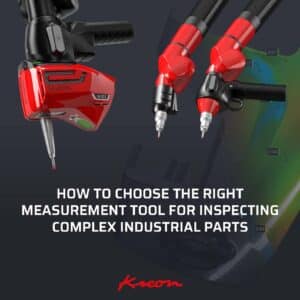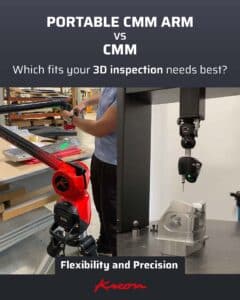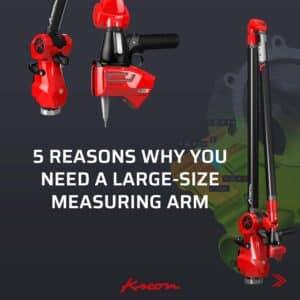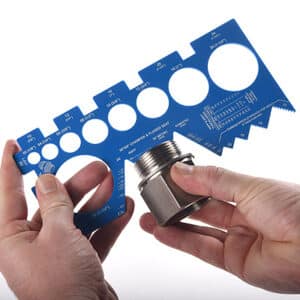Paul Badowski | August 25th, 2015
Since I had a visit from my local air conditioning company, I’ve been thinking a lot about heat removal. For hydraulic applications, this can get tricky. Sometimes, from the outside, it can appear that system designers are shooting darts and hoping for a bullseye when we choose a way to remove heat from your mobile engine or hydraulic oil systems. Here are some common concerns.
- Should I double the radiator’s required size to keep the engine extra cool?
- What happens if I use a smaller heat exchanger with new materials, which can increase the heat dispersion?
- Where is equilibrium between size and efficiency?
Engineers will calculate a system’s heat load, and these answers can be very close, but there can also be many factors that are unseen or unexpected that pop up during development. How a system is actually utilized and how it was intended to be utilized may be two different things. For instance, engine compartments might be smaller than anticipated and fresh air flow could be compromised.
Engine manufacturers will give you a specification for heat removal and most heat exchanger companies will adjust to make sure they have a large enough gap between these specifications.
A good rule of thumb for a hydraulic system is 1/3 the input horsepower will need to be removed as heat. A system with a 75 HP prime mover will produce about 25 HP of heat which needs to be dealt with. The size of the reservoir helps remove heat, but in mobile systems the reservoir size is kept as small as possible.
3 Heat Exchanger Options
Now we have a goal: we are going to need to remove 25 HP of heat from a set amount of oil. What are the choices we have to cool our oil? We will briefly consider 3.
- Industrial systems sometimes a cool water supply. This is a very efficient way to remove heat. The cost of the water might be inexpensive, but there are additional costs to consider. The water must be circulated and, depending on the source, it might need to be cooled. If you are disposing of the water, local and national laws might apply to the cleanliness of the waste water. These issues must all be considered in your final operating costs.
- You can use hydraulic oil to power a hydraulic motor and spin a fan. If hydraulic flow is readily available, or the system allows enough extra HP to produce this flow without hindering the machines operation, this can be a great option. The efficiency of the hydraulic motor should be considered against other options – an electric motor for instance. The attractiveness of hydraulics is that the flow and pressure needed to develop the necessary HP (fan speed) in these cooling systems is usually available.
- You can use an electric motor to spin a fan. These systems are usually on smaller mobile systems. Industrial systems have house power available, but mobile systems will need to draw off battery power. The controls available for the electric fan are inexpensive and the fan speed can be easily altered. This can be an easy-to-install system which can run very efficiently.
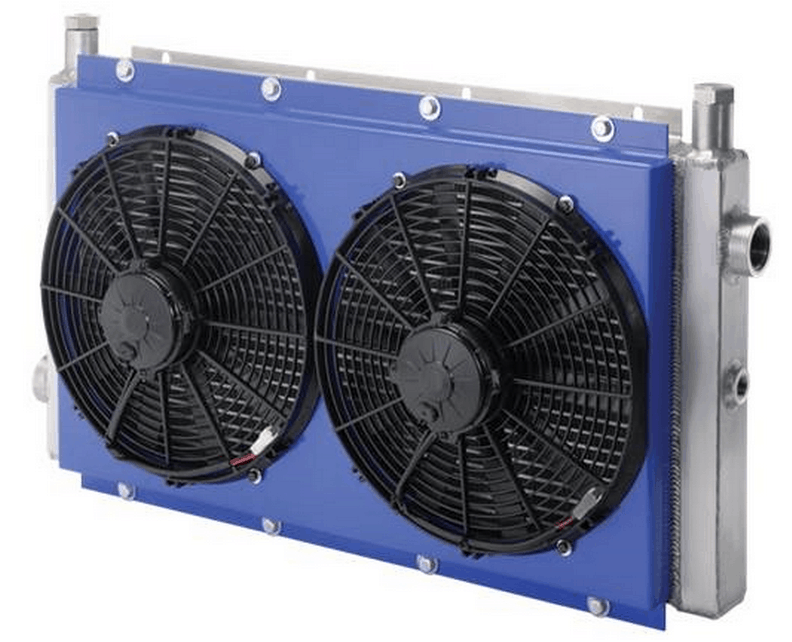
Now we need to know how we are going to get the oil or fluid, into and out of the cooler. There are also correction factors for the type and consistency of the fluids we are using. Additional questions need to be factored into the final solution.
- Does the system have adequate reliable flow, which will pump the fluid through the cooler, allowing the heat transfer to take place?
- Do we need an additional pump solely to pump oil to a cooler (this can be referred to as a kidney loop; additional filtration potentially required)?
- Can we insure that the oil/fluid going through the heat exchanger is not going to be subject to pressure spikes, which may damage the unit?
- What are we asking of the package? What is the worst case scenario of hot oil coming into the cooler and ambient air being used to remove the heat?
Example Problem
Down to the nitty gritty! We estimated that we needed to remove 25 HP of heat from our hydraulic system. The following is a common situation I have encountered in my 15 years of assisting customers with hydraulic applications.
Say your system uses Chevron Hydraulic fluid AW46. It has a return flow from several hydraulic motors which is between 30 and 40 GPM without any pressure spikes. The machine will be running in ambient temperatures which vary from 40 degrees in the winter to 95 degrees in the heat of summer.
Because of the amount of dust in our work atmosphere, you want the fan to push air through the cooler (pusher) rather than pull air into the cooler (puller). You have a battery attached to our diesel engine, but don’t want to pull that much amperage off the battery, so you would prefer a hydraulic motor driven fan system. You have a fair amount of space to mount a cooler but want some options before deciding on a mounting envelope. You want to keep our oil temperature below 140 degrees at all time.
That’s a lot of variables! If you want the peace of mind, now it is time to call on your heat exchanger professional! They could be a certified Hydraulic/Fluid Power specialist or Heat Exchanger manufacturer. They can take the information which you provide and offer you suggestions on the material make-up, copper shell and tube or aluminum extrusion, size and shape of cooler, larger overall package or smaller package with higher fan RPM, plus any other systemic factors which might optimize your system, such as whether or not the cooling solution will run constantly or only after the system reaches a certain temperature.
Work With a Professional
Heat exchangers have a coolant fluid sweet spot. If you choose a huge cooler and put only minimal fluid through it, the system will not operate efficiently. If you try to push too much fluid through a smaller cooler, you reach a point at which the system is saturated and cannot remove any more heat – you would actually create more pressure drop, which is creating more heat and is working against you.
Here is a link to one of our valued suppliers, Thermal Transfer Products. They will ask for a bit of information and then will send you a link to download a sizing program. You can get the Thermal Transfer Product Selector Software here. By filling in the blanks, Thermal Transfer will give you options for the types of units which will fit your requirements. If you don’t feel comfortable filling in your own answers, call on a professional to help you make choices to maximize your system.
Stay cool! Your system components will thank you by running for a long time without requiring maintenance!
Pictures are courtesy of Thermal Transfer Products.




